Although this is not server or high-end workstation news, we wanted to do a quick piece on the 2nd generation Ryzen debuted today. At the heart of the chance is the new Zen+ architecture. The AMD Zen+ is desktop focused now but it shows where AMD is headed. With AMD Zen+ one gets slightly higher IPC with better cache latencies and as a 12nm part better power consumption. Zen+ is not in AMD EPYC or Threadripper at this point, but we wanted to show where AMD is going with the platform.
2nd Gen AMD Ryzen Overview
The 2nd Gen AMD Ryzen offers more of just about everything, except more cores. Even with a process shrink to 12nm, we still have up to 8 cores / 16 threads.
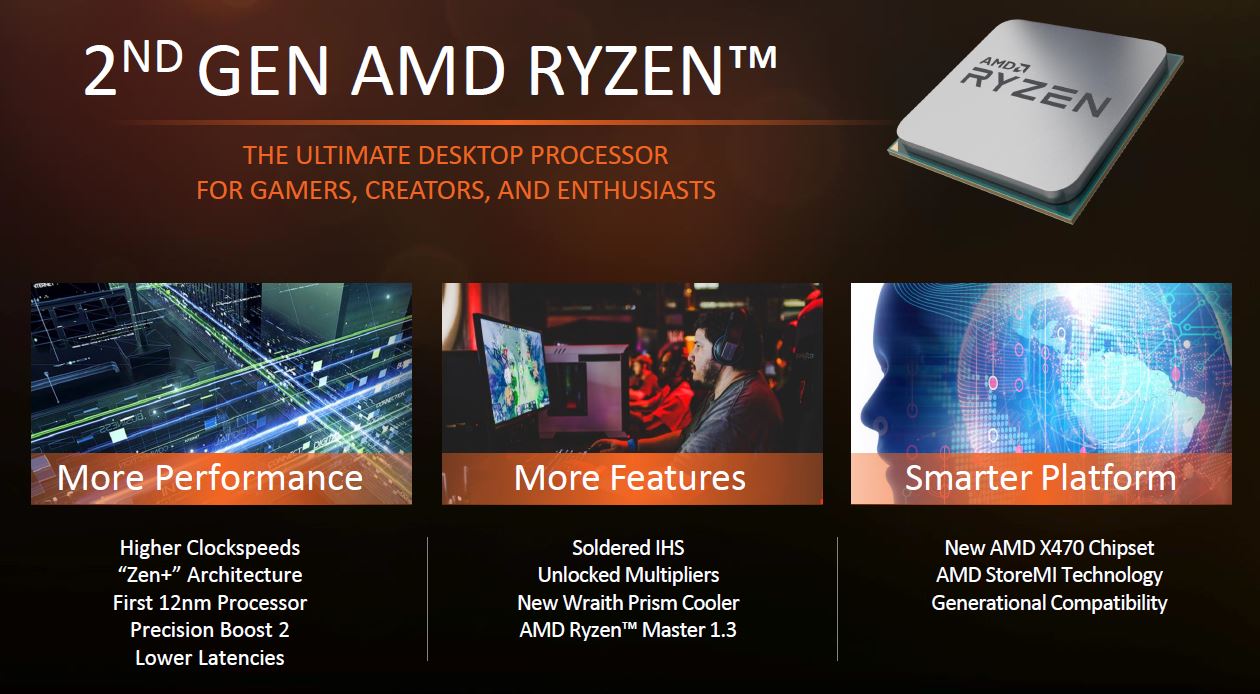
The big story for those looking ahead is the Zen+ core. Faster cache latencies are a big deal. The original Zen architecture launched in 2017 and already had great L1/ L2 cache latency within each hemisphere of the die. In this generation, AMD extends the lead.
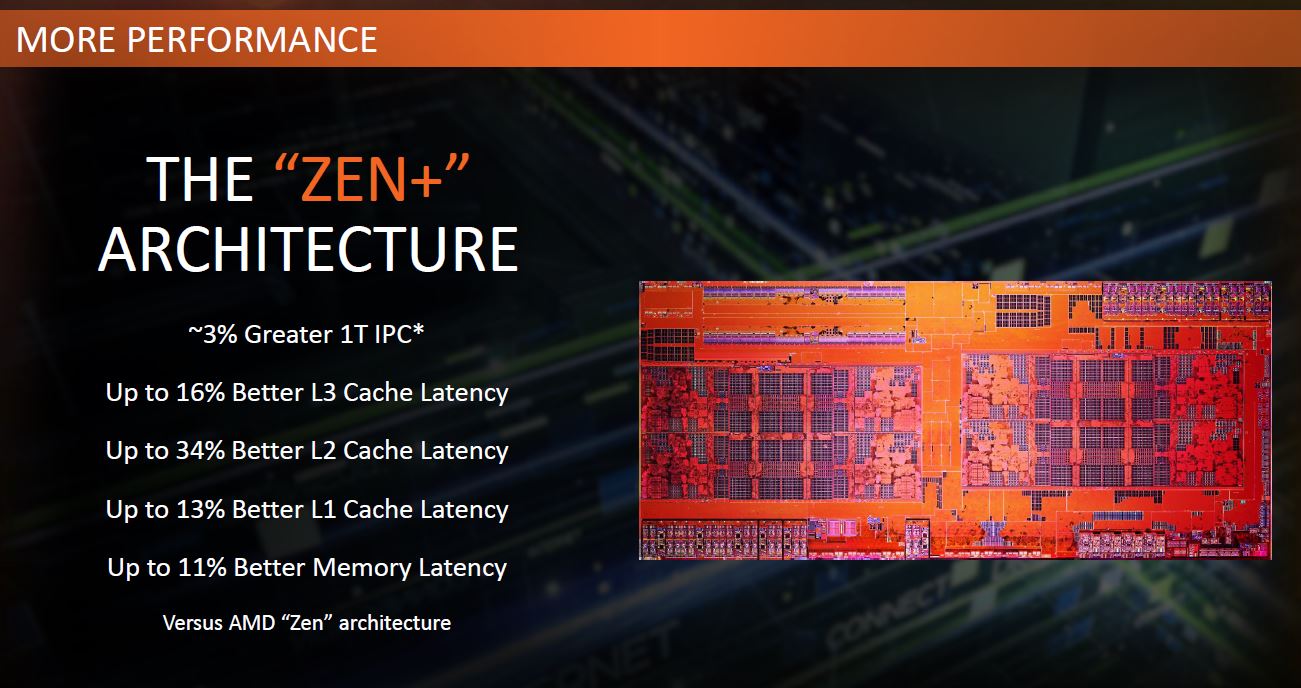
Another major improvement is the 12nm process node. This allows AMD to hit higher clock speeds including improved turbo modes, and lower power at a given clock speed.
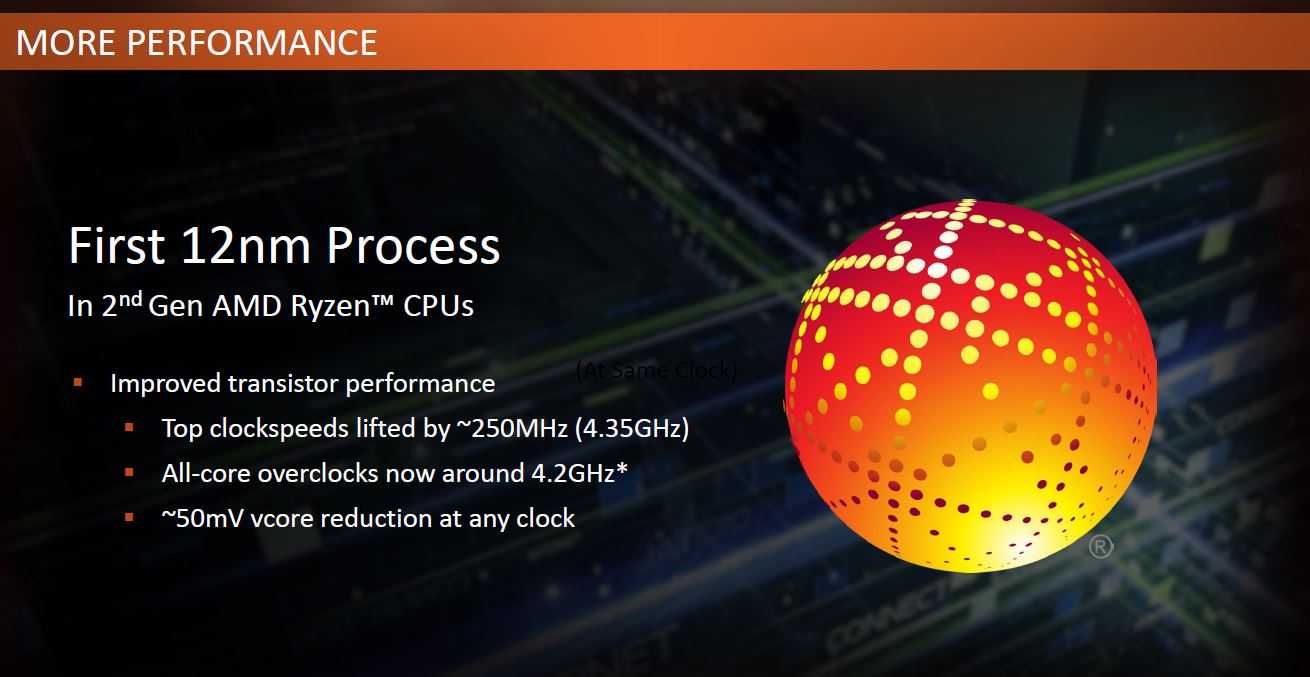
The quick summary is a newer process that allows for higher clocks or lower power at the same clocks.
AMD Ryzen 2nd Gen Positioning
When we look at new SKUs, the new AMD Ryzen 7 2700X headlines with the Ryzen 7 2700 are the two 8 core models. The Ryzen 7 2700X is the model intended for overclocking while the AMD Ryzen 7 2700 is a slightly lower cost version that features a 65W TDP.
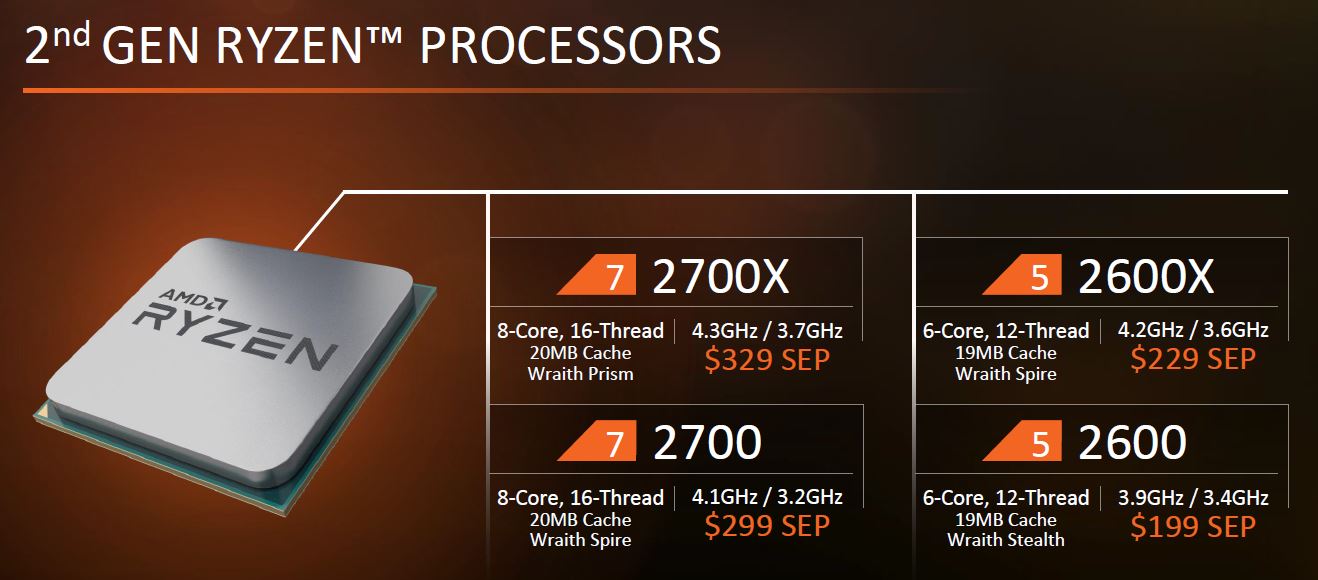
The two Ryzen 5 chips are the Ryzen 5 2600X and AMD Ryzen 5 2600. These are 6 core 12 thread chips which are competitive with newer generation Intel Core i5 parts at the price.
Speaking of competition, this may be the strangest slide you are ever going to see. AMD is using an ES Core i7 8700K in the picture (Intel QNMK) which is strange to see a confidential version of a retail chip in a competitive slide.
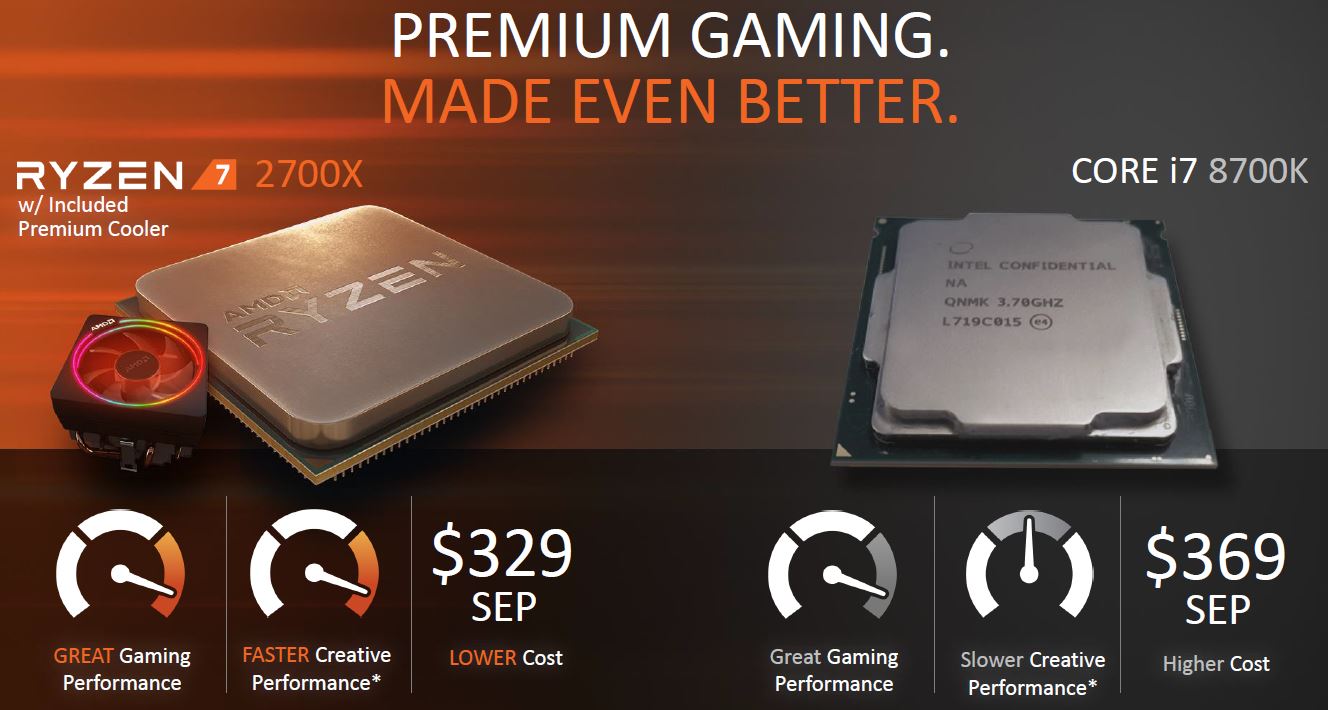
AMD is continuing to bundle decent coolers, including the AMD Wraith Prism with this generation.
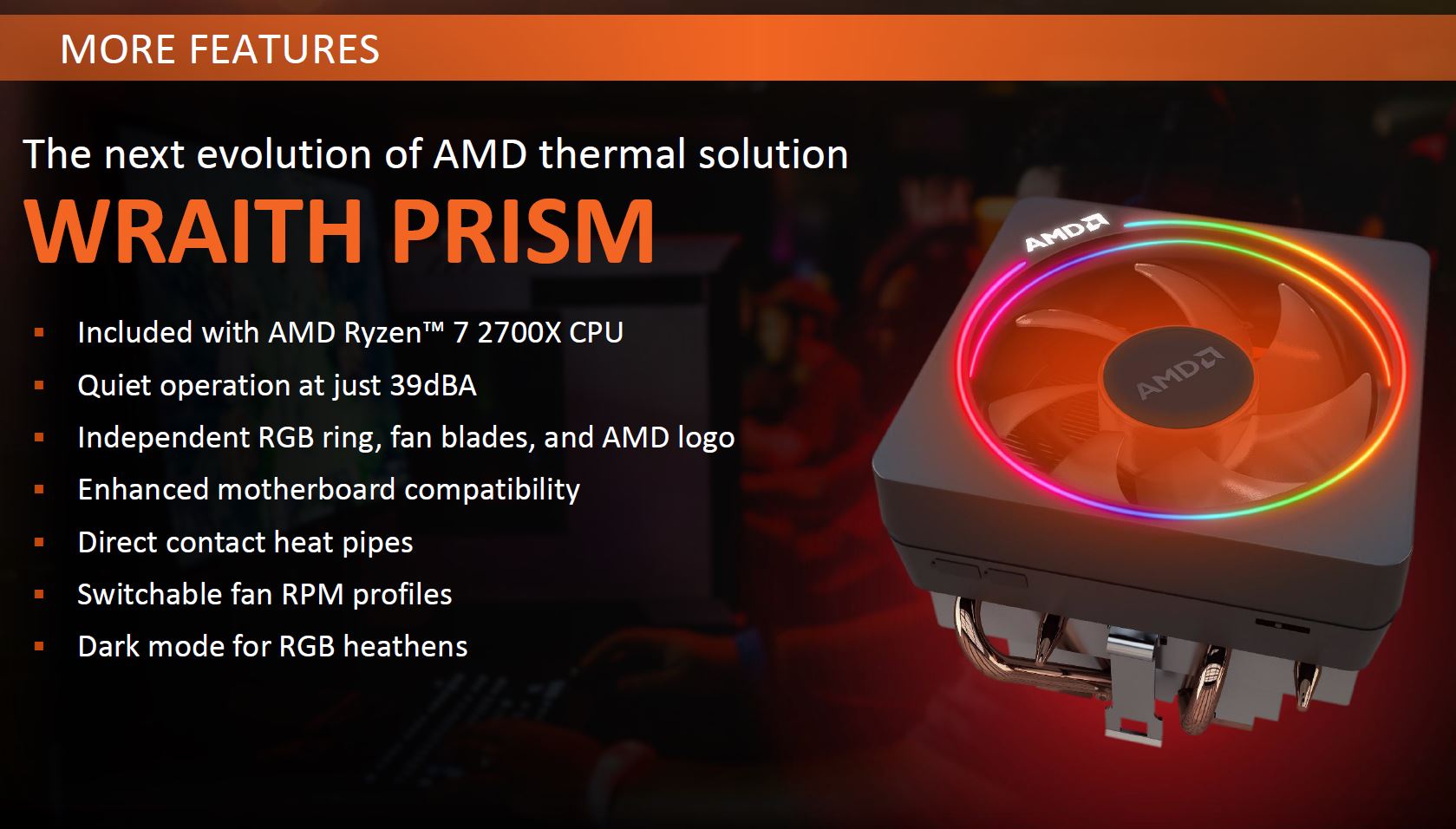
The bundled coolers make it less necessary to buy aftermarket coolers. As a result, AMD can claim another $30-50 benefit in its bundle. This is something Patrick discussed in the AMD Ryzen 7 1700 Linux Benchmarks: The Zen you should buy last year. Bundling up to the Ryzen 7 2700X increases value and coolers are low COGS items for companies like AMD who buy them in bulk.
Final Words
Looking forward, we can see that AMD again plans to update its Threadripper and AMD Ryzen Pro platforms in the second half of 2018.
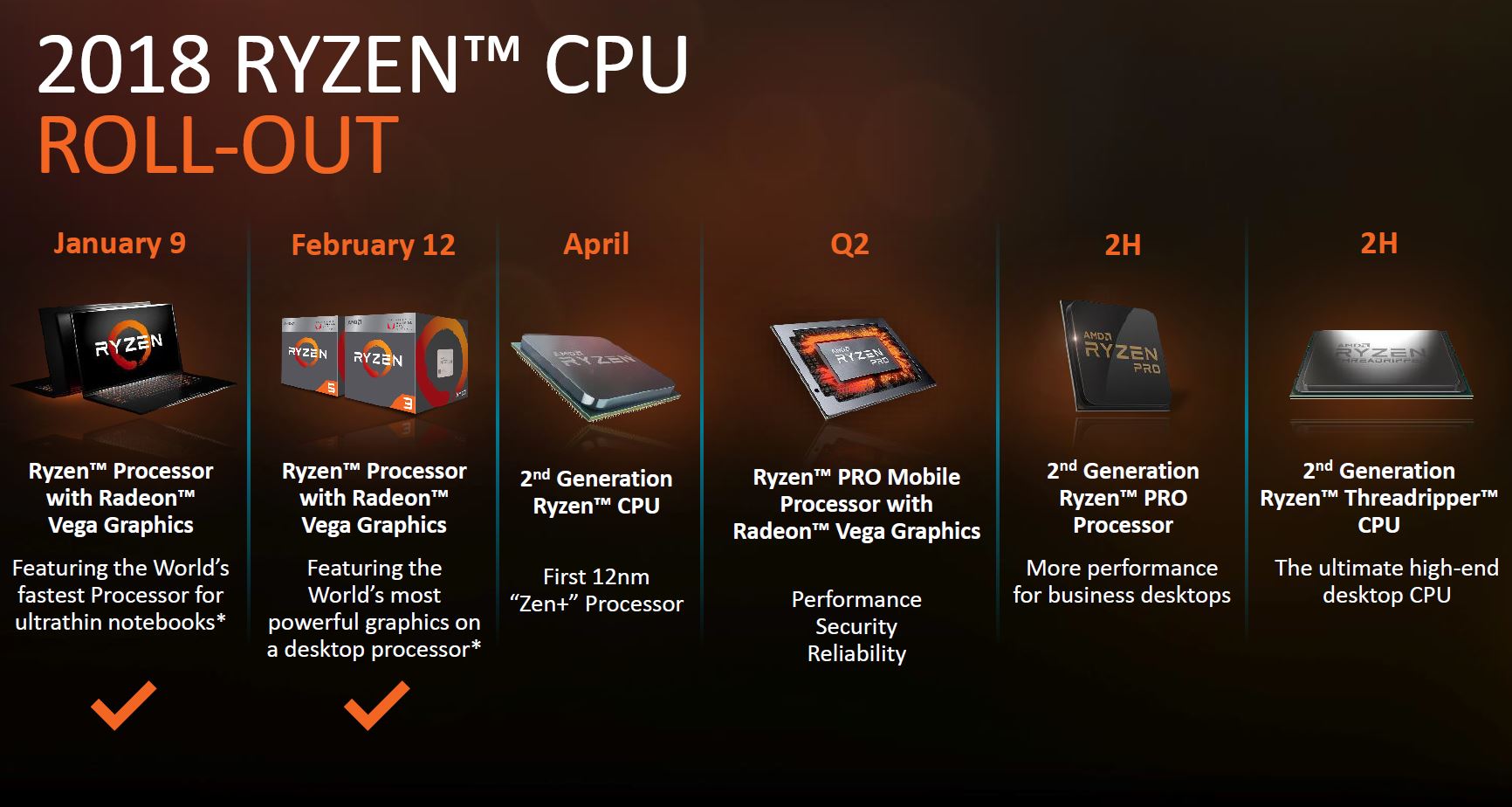
The somewhat interesting part about Threadripper getting an upgrade is that that is a SP3 socket, just like AMD EPYC. Hopefully, the 2nd generation AMD Ryzen Threadripper will address some of the dual NUMA node pains we saw in the current generation.

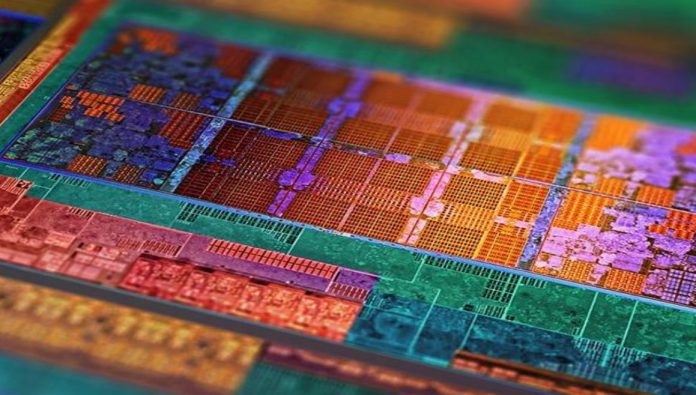
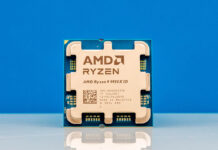


“The somewhat interesting part about Threadripper getting an upgrade is that that is a SP3 socket, just like AMD EPYC.” — Cliff, are you sure about that? Would that mean that Threadripper finally can use registered DIMMS like Epyc and being used in Epyc signle-CPU boards like Supermicro H11SSL-xxx ? That would be fantastic news!
KarelG it cannot. Memory controllers, of course, are located in the CPU these days. Same physical socket. Similar packaging. They are not compatible with one another since you can’t put them in the same motherboard. Threadripper is a neutered EPYC as a 2-die design.
Cliff, aha, so my English sucks on understanding your sentence. I’ve thought you suggest that Threadripper2 is moving into Epyc socket to make board makers life easier. Pity this is not the case….
Still 4 cores per die though?
8 cores per die?
Oh of course, I got it confused with the CCX. Still wondering when AMD will offer more cores on a single NUMA node though, because as we can see from some larger players like Facebook some customers prefer this approach to larger NUMA machines.